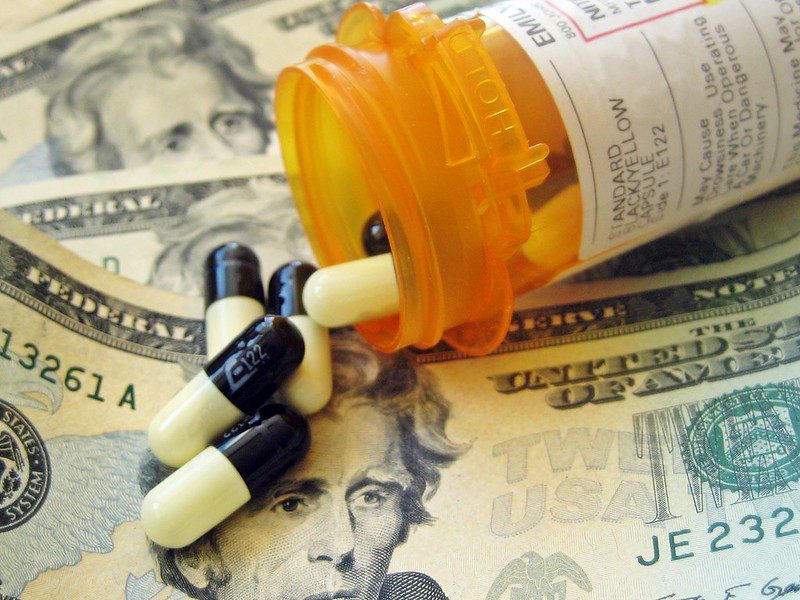

This month my husband began the labyrinth of paperwork required for him to retire at the end of September. Living on a fixed income is daunting enough, but in the last year or so we've seen our health expenses go up and we have to make some big decisions about how we're going to pay for it all.
Here are some of the things we're learning:
An Ounce of Prevention
You already know the rules of good health: healthy diet, exercise, plenty of sleep and drink lots of water. It sounds almost too simple, but it really is the core of good health.
Type 2 diabetes is a growing health concern, especially as we get older. It is one of the five most prevalent health conditions in the U.S. In 1960, fewer than 2% of Americans had diabetes. Today it is more than 10%. In those ages 65 or older, it is 25%.
But you can control or even prevent Type 2 diabetes with diet. When my husband was diagnosed with Type 2 diabetes, his A1C (which measures the average blood sugar over the last three-months) was 12.4 and his blood sugar was 350. For comparison, a healthy person will have an A1C of 6.0. An A1C of 6.1-7.0 is considered pre-diabetic. The blood sugar of a healthy person should be around 100, give or take a few. With these numbers the doctor wanted my husband to start insulin immediately. Instead, he convinced her to let him try oral medications and diet for a month.
He immediately went on a strict low-carb diet (40 grams of carbs or fewer per day) and at the end of the month, the results were impressive. Long story short, over one year's time, his A1C and blood sugars steadily improved so that after 13 months, he no longer took any oral medication, and he has since maintained an A1C of 5.9 to 6.3 and his blood sugar is around 100 to 110 with diet alone. We've saved over $2,000 a year by not needing medication for diabetes.
A low-carb diet is not easy, but it is the single best way to avoid diabetes and the complications that arise from the disease. This week, The Dakotan writer Marvin Baker just wrote about this very thing. If I could only give one piece of advice for people wanting to keep their medical costs down, it would be eating a low-carb diet.
Exercise
It's really hard to get excited about exercise. And yet, just 20-30 minutes of exercise a day can help prevent heart disease, osteoporosis, depression and diabetes or reduce the symptoms of these diseases if you already have them.
Exercise doesn't have to be all that rigorous to see benefits. Just a nice 30 minute walk a day will work wonders. One study showed that older women who walked 2.5 miles per day had a 17% decline in memory, while those who walked less than a half-mile per week saw a 25% decline. Keep yourself mentally and physically vigorous and avoid the doctor's office with regular exercise.

Other cost-saving measures
Buy generic. New or brand-name medicines can be expensive. Ask your physician if generic prescription drugs are a good option for you. The annual cost of generic drugs can be hundreds less than brand-name drugs. And doctors often don't know the costs of the drugs they are prescribing. When we told our doctor that the drug she was prescribing cost $200 a month, she immediately found a suitable alternative that only cost $20.
Comparison shop for prescription drugs. Your favorite drug store may give you coupons and loyalty rewards, but it might not be giving you the best price on your prescription drugs. Check out the prices at all the local pharmacies, supermarkets, wholesale clubs, and mail-order pharmacies.
Compare prices on medical services as well. My doctor wanted me to get a CT scan at the hospital. The hospital said my co-pay after insurance would be $526. I called the independent imaging lab in town and the co-pay for CT scan was $68. My doctor agreed to send the referral to the independent facility.
Purchase store brand over-the-counter medications. The store brands often cost 20% to 40% percent less than nationally advertised brands but are the exact same formula.
These principles can help everyone, regardless of age, so start now to be healthy and keep medical costs down.